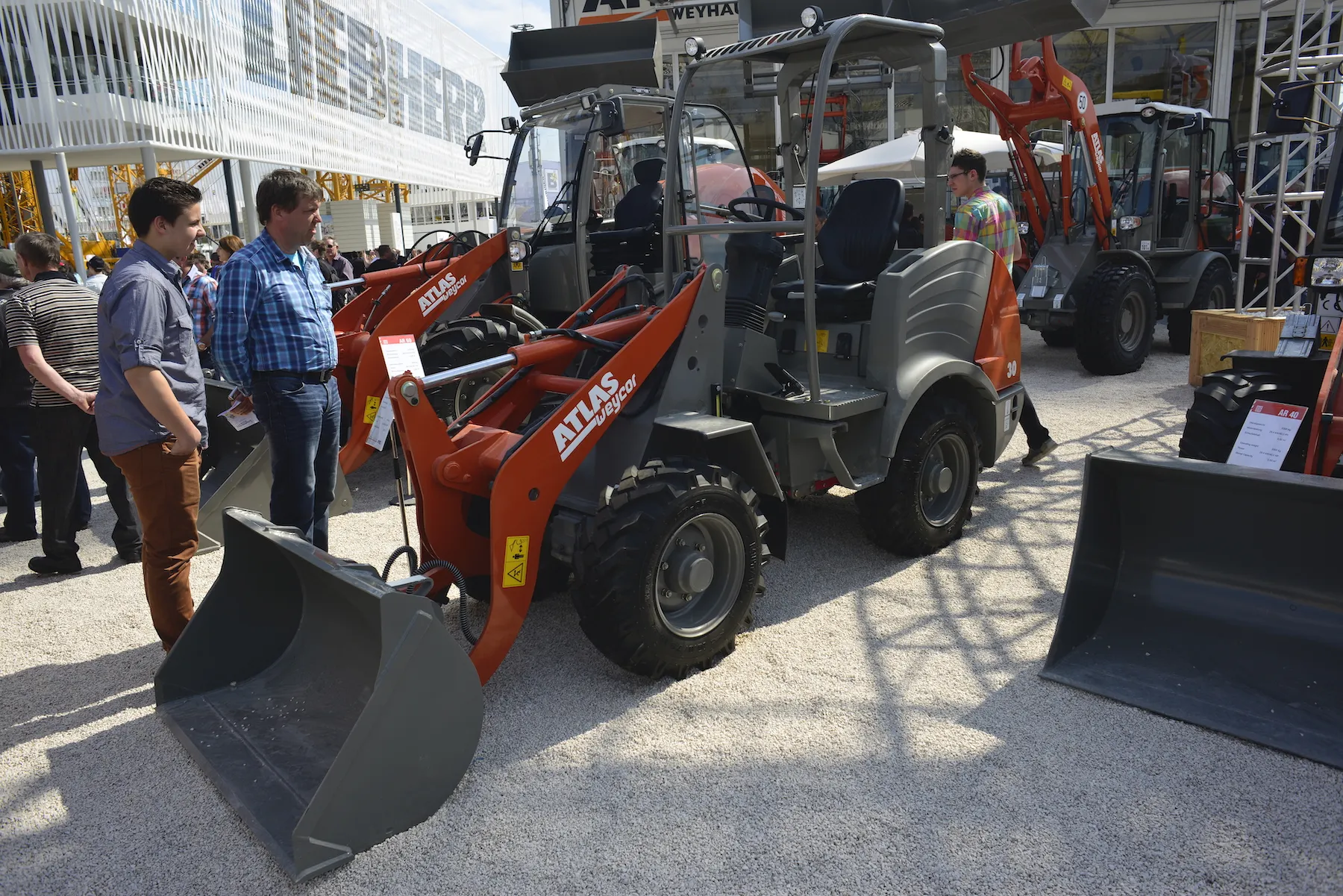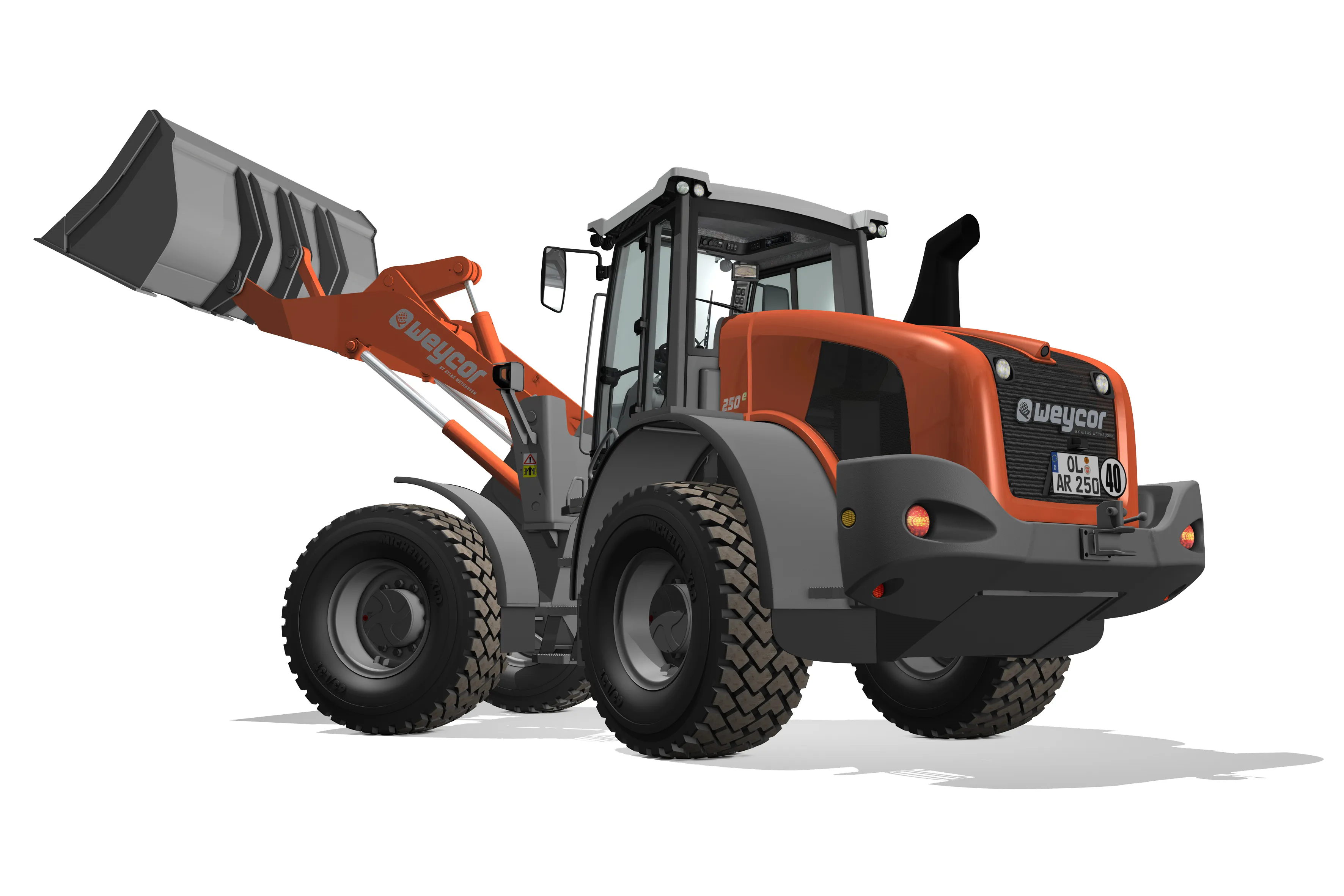With a standard bucket capacity of 0.32m³ and a width of 1.25m, Atlas Weyhausen’s new AR 30 wheeled loader has been designed for tasks where the workspace is limited, such as road maintenance and restricted construction sites.
April 18, 2013
Read time: 1 min

With a standard bucket capacity of 0.32m³ and a width of 1.25m, 162 Atlas Weyhausen’s new AR 30 wheeled loader has been designed for tasks where the workspace is limited, such as road maintenance and restricted construction sites.
The 2150kg-loader has a299 Perkins Diesel engine with an output of 24.6kW @ 2,800rpm, which means that the new exhaust regulations COM IIIB will not apply to it. It can take a standard payload of 697kg on its pallet fork.
Some of the features highlighted by the company are a foldable roll bar and falling object protection system (FOPS) roof on the cabin; an improved ergonomic design for the driver’s seat; and an adjustable steering column.
The AR 30 has an ‘extra inching pedal’, which allows sensitive sharing of thrust and lifting forces and leads to less wear and fuel consumption, says Atlas Weyhausen. And its robust centre pivot provides a low centre of gravity and good off-road traction.
The 2150kg-loader has a
Some of the features highlighted by the company are a foldable roll bar and falling object protection system (FOPS) roof on the cabin; an improved ergonomic design for the driver’s seat; and an adjustable steering column.
The AR 30 has an ‘extra inching pedal’, which allows sensitive sharing of thrust and lifting forces and leads to less wear and fuel consumption, says Atlas Weyhausen. And its robust centre pivot provides a low centre of gravity and good off-road traction.
%$Linker:







